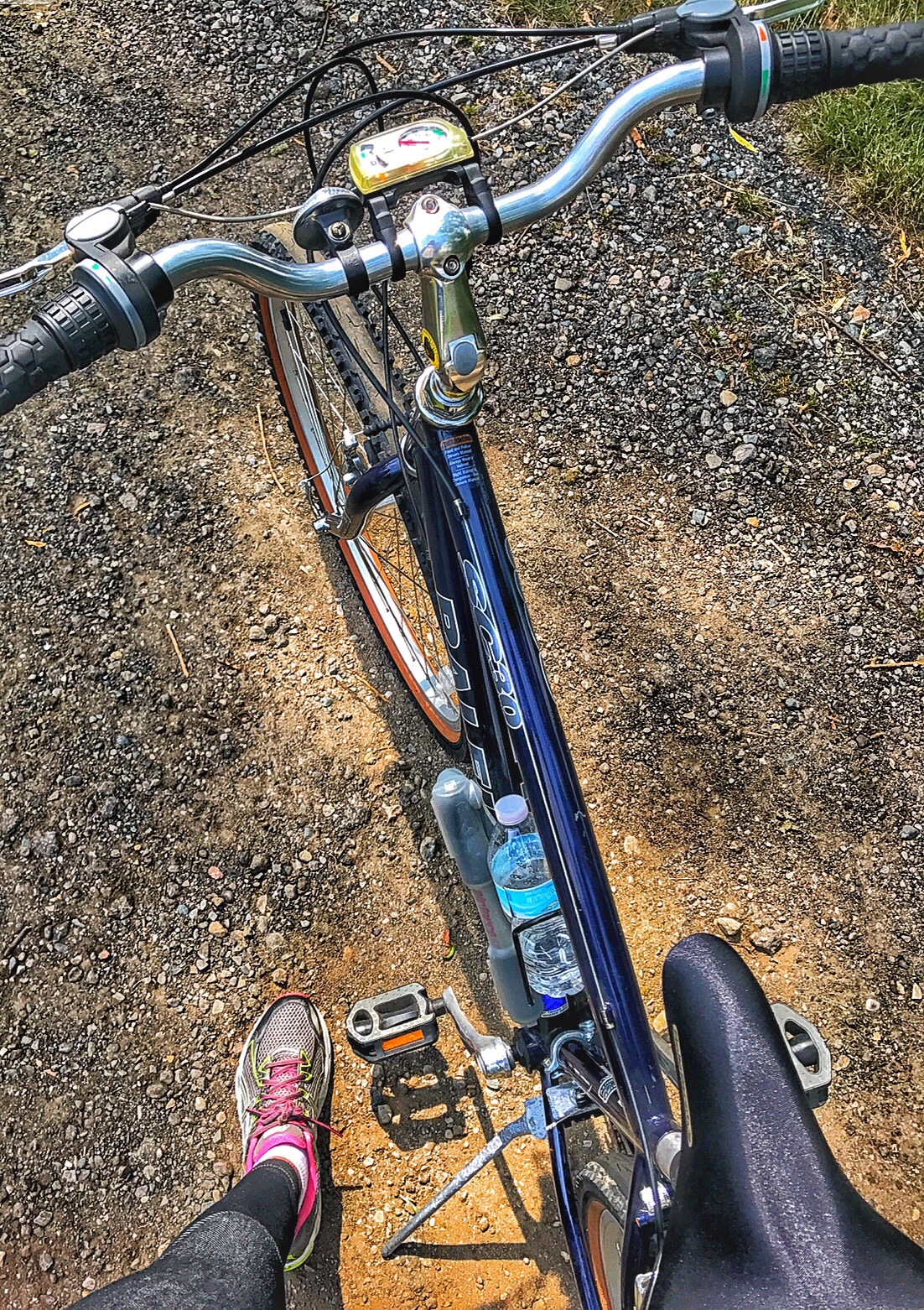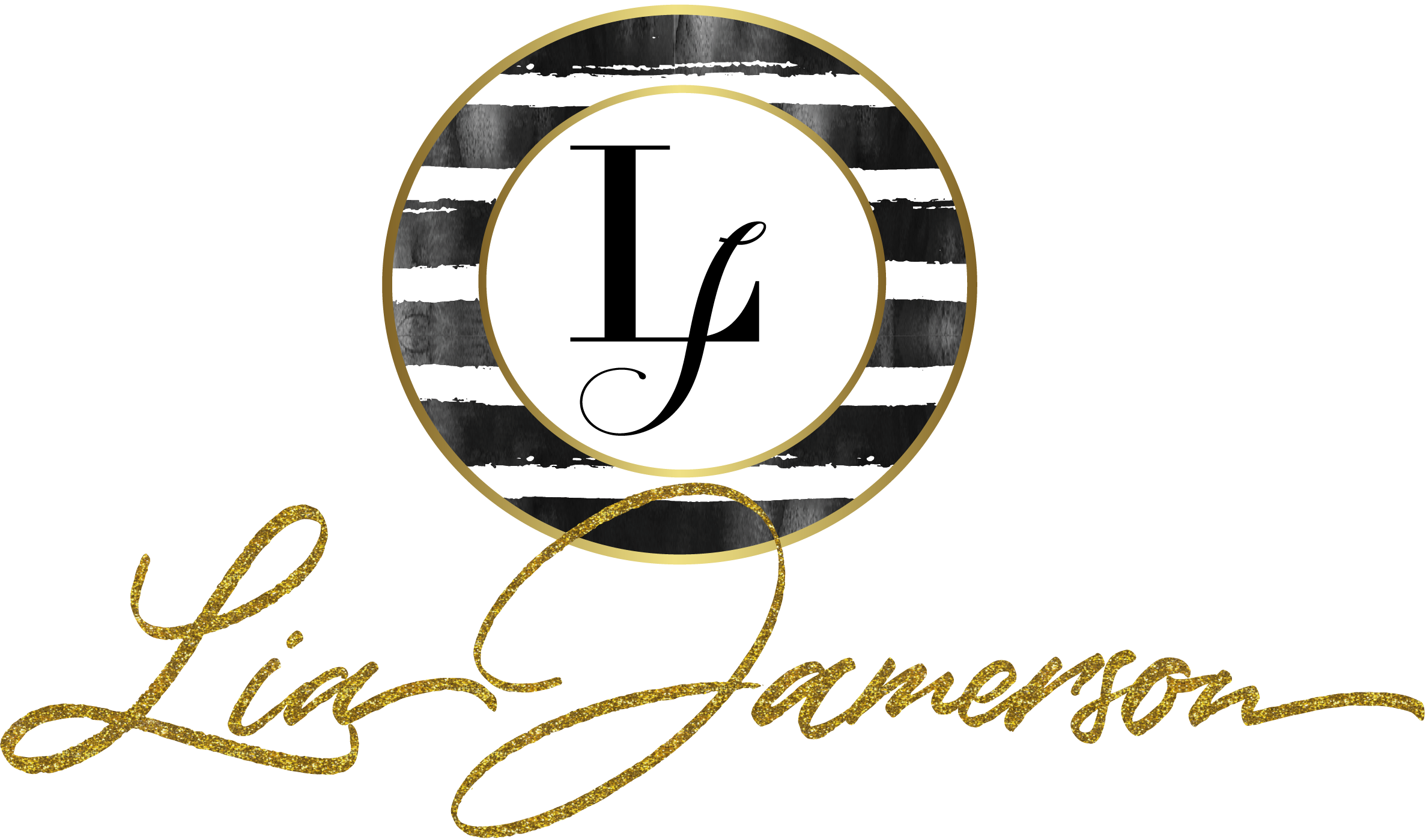
Rain Boots and Frog Ponds
“I am so eager to talk to a stranger about my feelings, emotions, and things that I don’t even feel comfortable telling my family and friends about” said no kid ever!
When I was promoted from ESM adult services to my child and family therapist position at family services last December 2016, I never could have imagined the differences between working with adults and working with children. The adult clients I work with, as well as some of the teens that I see for therapy, welcome the 1-2 hour long break from the hustle and bustle of life. They enjoy this much needed time to sit and talk with me during therapy. The little kiddos that I work with in therapy….not so much. Sometimes I laugh when I think of the similarities in the resistance I am faced with when working with adult clients who are court-ordered to therapy, and working with children who are, more often than not, referred to therapy by a parent or caregiver. I guess you can say they are “parent-ordered” to therapy. I don’t fret though. I welcome the challenge that comes with learning and implementing new, fresh ways of engaging children in the therapeutic process. In this blog post, I will share some of my most effective, and “eclectic” collection of activities and games that I use during therapy.

Games and activities are incredibly important in helping to build rapport with new clients. The dollar store and Five and Below are great ways to find resources to help with engaging your little clients in therapy without breaking the bank. The following list are cost-effective, “boring-proof” items that can be used to help ensure that therapy is fun:
- Coloring Books
- Crayons, Erasable Colored Pencils, and Watercolor Paints
- Uno (This is ALWAYS a big hit!!)
- Kinetic Sand
- A Deck of Playing Cards
- Scrabble Junior
- Connect 4
- Puzzles

The games pictured above are geared towards promoting thought processing skills and open communication. The About Me Thumbnail Ball, is a great icebreaker. This activity allows individuals to toss the ball back and forth, while answering questions that enable others to better know and understand them on a personal level. I often use this during school sessions, with siblings, or with families as a whole. Ungame, and other therapeutic games help clients to explore common themes that arise during therapy, such as anger management, stress reduction, grief, and life transitions.

When working with children, these are some of my favorite books that help me to introduce and discuss common topics that come up in therapy. I love the brightly colored illustrations, and simple ways that these authors have made topics, like going to therapy for the first time, anger management, coping skills, trauma, and others easy to understand for my little clients. Some Bunny To Talk To: A Story About Going To Therapy by Cheryl Sterling, PhD, Paola Conte, PhD, and Larissa Labay, PsyD has been wonderful in helping to introduce the therapeutic process to the children I work with.

Pictured above is an item that has become a real gem during my child and family therapy sessions. I always have foam on stand-by, ready to whip out during all sessions. This is a great tool to use, especially with children who experience anxiety and uncertainty; diagnosed with Autism Spectrum Disorder (ASD); or diagnosed with Post Traumatic Stress Disorder (PTSD). Having foam to squish and mold provides the child with something to focus on, especially while talking about tough topics.
NOTE: I know this looks like the tasty Dippin Dots treats….yum! Always be cautious of younger siblings present during therapy trying to eat the foam. I come prepared with games and toys appropriate for a wide range of age groups, so that siblings are able to become preoccupied with something enjoyable to them, and to reduce any potential for jealousy that sometimes arises from the attention that their sibling receives.

Bike Rides Are The Best
Where did some of your best childhood memories take place? I remember one of my favorite things to do as a kid, especially during the summertime, was to ride my bike with family and friends. There was a small hill by my home, which seemed huge to me when I was younger. I would love riding my bike at high speeds down this hill. Riding bikes, going to the frog pond, or taking walks outside with my little clients, amongst other activities, demonstrate wonderful ways to model good coping skills in a practical manner. Getting fresh air and exercising, all while having fun, aid in stress reduction for children and adults alike.

Therapy should not feel like a punishment. Never. Ever. Grab a blanket, a few coloring books or board games, and head outside. At times, I have even brought yoga mats to allow us to do stretches and practice deep breathing to help alleviate anger and stress. There are child-friendly apps with guided and unguided meditations that I sometimes use during therapy, as well. This is a wonderful way to introduce children to mindfulness techniques and Progressive Muscle Relaxation (PMR). I have been equally successful and productive doing traditional in-office therapy, as I have sitting and chatting outside with younger clients. Add sunshine to anything, and it will make it so much better!

Organization is Key…Coordination Doesn’t Hurt Either
A few of my colleagues brought the Thirty-One brand to my attention. These colorful bags are extremely durable, and are roomy enough to hold my files, paperwork, and therapy games. I even love how they help to keep the trunk of my car clean and organized. Who wants to drive and hear toys and other miscellaneous objects being tossed back and forth in the trunk of your car? Not me. The perfect solution for me was organizing all of my items in the large utility totes and bags, and double duty caddy.
Note: I always keep a pair of rain boots and gym shoes in the trunk of my car. You would be surprised how open and transparent children are when they have your undivided attention. They are typically more willing to talk during a walk or trip to the frog pond than cooped up inside. However, always be sure to get the consent of the parent/guardian beforehand. Use your best judgement when assessing a situation, and deciding whether or not going outside to enhance engagement in the therapeutic process is a good option for your little client.
So why do we as adults wake up every morning and head to work, rain of shine? The lure of your bed may tempt you to snuggle in your sheets for hours long after your alarm clock has gone off. Let’s bump it up a notch. A marathon of your favorite television show may have begun. You go to work nonetheless. It may be because you find the work you do to be personally fulfilling. However, something that all adults share in common is that they work to make an income that will support their needs and hopefully some wants, as well. How likely is it that you will continue to work if your paycheck is not deposited into your account on payday? *Crickets* Or say you do get paid, but perhaps a few weeks after the date you are expecting your pay. No bueno. Most of us would feel resentful and under-appreciated. You might even, dare I say, “quit”. Gasp! Kids feel the same exact way.
…But What’s In It For Me?
During therapy, I carry small incentives that can be used to encourage and positively reinforce engagement. Pictured above, are what we call multi-colored scooby loops. They are soft (which is wonderful for children where self-harming or the potential to harm others is a concern). I also carry small plastic gold-colored tokens in my work bag that can provide instant recognition for a job well done. The incentive should be appropriate for the behavior. Cost-effective or free positive reinforcements can be as simple as a verbal “great job problem solving! I knew you could do it!”. Or, “thank you for patiently waiting while I set up the coloring books!”. Keep in mind the timing of the incentive. It may be confusing and ineffective if there is too much time between the positive behavior and the incentive being given to the child. The sooner thereafter, the better. Remember the paycheck example?

This has been another Eclectic Chic™ Therapy Thursday blog post. I hope you enjoyed it! Have a request for the next Therapy Thursday? Drop your ideas in the comments below. Share your thoughts and comments in the section below, too. Good night, and have a fantastic weekend!





